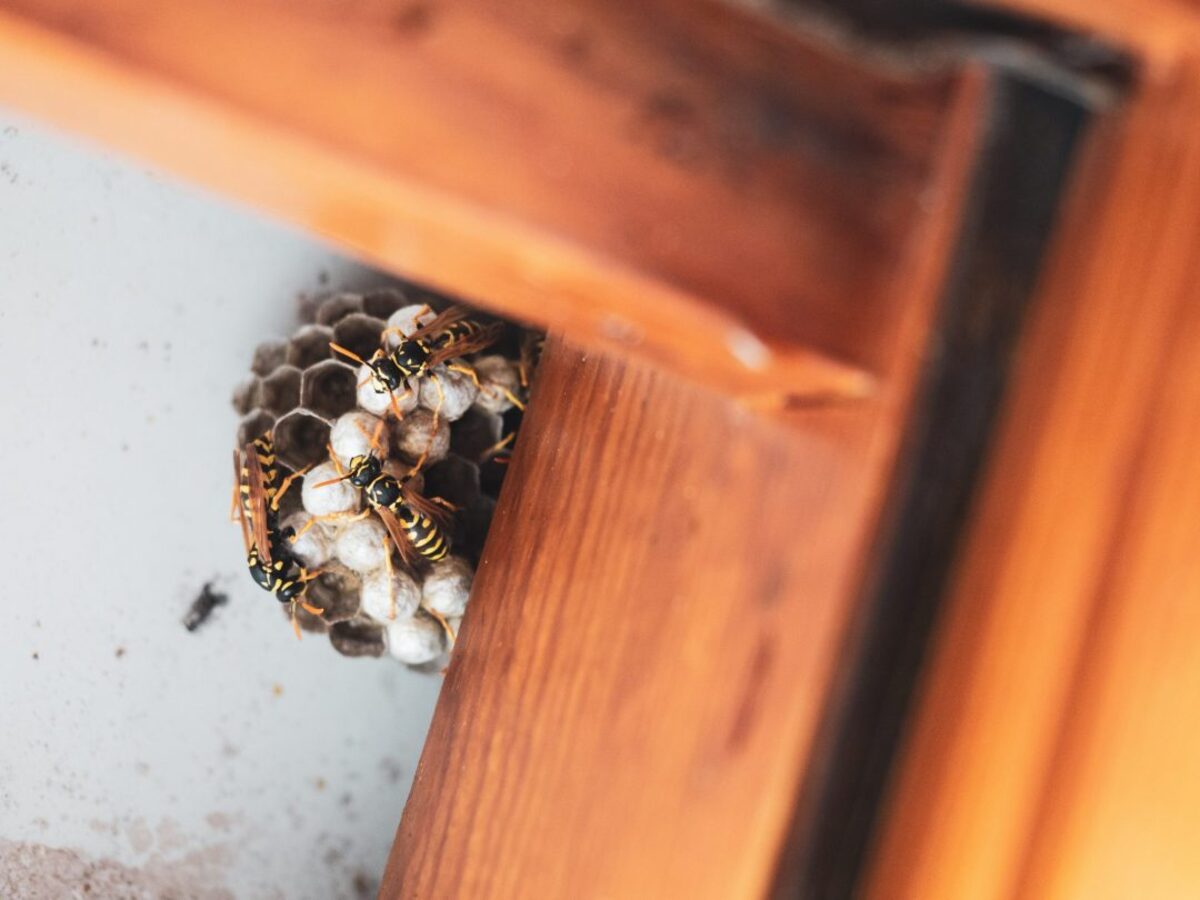

Articles
How To Get Wasps Out Of Chimney
Modified: March 2, 2024
Looking for articles on how to get wasps out of chimney? Read our expert tips and tricks for safely removing wasps from your chimney.
(Many of the links in this article redirect to a specific reviewed product. Your purchase of these products through affiliate links helps to generate commission for Storables.com, at no extra cost. Learn more)
Introduction
Welcome to our comprehensive guide on how to get wasps out of the chimney. Dealing with a wasp infestation can be both frustrating and potentially dangerous, especially if the nest is located in or near your chimney. Wasps can cause harm with their painful stings, and their presence can also pose a risk to the structural integrity of your chimney. In this article, we will provide you with valuable insights and step-by-step instructions on how to safely and effectively remove wasps from your chimney.
Before we dive into the details, it’s important to understand the behavior of wasps and the signs of an infestation. This knowledge will help you identify the issue at hand and take appropriate measures to resolve it.
Key Takeaways:
- Safety First
Understanding wasp behavior, identifying infestation signs, and taking safety precautions are crucial before attempting to remove wasps from your chimney. Prioritize safety and consider professional help if unsure. - Prevention is Key
Implement preventive measures such as regular inspections, maintaining chimney caps, and eliminating attractants to reduce the risk of future wasp infestations. Stay vigilant and address potential entry points promptly.
Read more: How To Get Bats Out Of A Chimney
Understanding the Behavior of Wasps
Before dealing with a wasp infestation in your chimney, it’s crucial to have a basic understanding of their behavior. Wasps are social insects that live in colonies and build nests. They can be categorized into two main types: paper wasps and yellow jackets.
Paper wasps are known for their umbrella-shaped nests made of chewed-up wood fibers mixed with saliva. These nests are usually found in protected areas, such as eaves, roofs, and chimneys. Yellow jackets, on the other hand, build their nests underground or in wall voids, and they are more aggressive compared to paper wasps.
During the warmer months, wasps become more active and aggressive. They are attracted to sweet foods, fruits, and meat, which makes outdoor picnics and barbecues a common target for these insects. However, there are certain conditions that can lure wasps into your chimney, such as the warmth it provides and the availability of small insects for them to feed on.
It’s important to note that wasps are territorial and defensive of their nests. If they perceive a threat nearby, they will attack as a means of defense. This can be quite dangerous if the wasp nest is located in or near your chimney, especially if you are not equipped with the proper knowledge and tools.
Now that you have an understanding of wasp behavior, let’s move on to identifying the signs of a wasp infestation in your chimney.
Signs of Wasp Infestation in Chimney
Identifying the signs of a wasp infestation in your chimney is crucial for prompt and effective removal. Here are some common signs that indicate you may have wasps nesting in your chimney:
- Presence of Wasps: The most obvious sign of a wasp infestation is seeing live wasps near your chimney. If you notice a significant number of wasps flying in and out of your chimney, it is a clear indication that there is a nest nearby.
- Wasp Nests: While wasp nests are typically built in protected areas, such as eaves and roofs, they can also be found inside or near your chimney. Look for the characteristic umbrella-shaped nests of paper wasps or the enclosed, papery nests of yellow jackets.
- Wasp Activity: Increased wasp activity around your chimney, especially during the day, is a sign of a potential infestation. This includes seeing wasps flying in and out of the chimney or buzzing around its entrance.
- Strange Noises: If you hear buzzing or scratching sounds coming from your chimney, it could indicate a wasp nest. Wasps are active insects and their movement within the nest can create audible noises.
- Visible Damage: Wasps can cause damage to the chimney structure. Check for signs of chewing or nesting materials near the chimney entrance, as well as any deterioration or weakening of the chimney walls.
If you observe any of these signs, it is highly likely that you have a wasp infestation in your chimney. However, it is important to exercise caution and ensure your own safety when dealing with wasps. Before removing them, take the necessary safety precautions, which we will discuss in the next section.
Safety Precautions Before Removing Wasps
Dealing with wasps can be dangerous, as they can become aggressive when they feel threatened. Before attempting to remove wasps from your chimney, it is essential to prioritize safety. Here are some critical safety precautions to keep in mind:
- Protective Clothing: When dealing with a wasp infestation, it is crucial to wear protective clothing. This includes long-sleeved shirts, long pants, closed-toe shoes, gloves, and a hat with a veil or netting to protect your face and neck. Wearing light-colored clothing can also help deter the wasps, as they tend to be drawn to dark colors.
- Eye and Respiratory Protection: To protect your eyes from wasp stings, wear safety goggles or glasses. Additionally, consider wearing a respiratory mask or covering to avoid inhaling any debris or irritants during the removal process.
- Work during Dusk or Dawn: Wasps are generally less active during dusk and dawn when temperatures are cooler. Plan your removal efforts during these times to minimize the risk of encountering aggressive wasps.
- Keep Children and Pets Away: Ensure that children and pets are kept at a safe distance from the area during the removal process. It is important to prevent accidental stings or injuries.
- Have an Escape Plan: Before starting the removal process, familiarize yourself with the exit points and have a clear escape plan in case the wasps become aggressive. It is recommended to have a designated area where you can retreat to safety.
- Use Caution with Fire: Avoid using fire or smoke to remove wasps from the chimney, as this can be hazardous and lead to chimney fires. Fire may also antagonize the wasps and cause them to become more aggressive.
By following these safety precautions, you can significantly reduce the risks associated with removing wasps from your chimney. Now that you are properly equipped, let’s move on to the step-by-step guide for getting wasps out of your chimney.
Step-by-Step Guide to Get Wasps Out of Chimney
When it comes to removing wasps from your chimney, it’s important to approach the process carefully and systematically. Here is a step-by-step guide to help you effectively get rid of the wasps:
- Inspect the Chimney: Begin by inspecting the exterior of the chimney to identify any visible entry points or nests. Look for cracks, gaps, or holes where the wasps may be entering or exiting. This will help you determine the best approach to remove them.
- Wait for Dusk or Dawn: Choose a time when the wasps are less active, such as dusk or dawn, to perform the removal. Wasps are less aggressive during these times, making it safer to approach the nest.
- Seal Entry Points: Before removing the wasps, seal off any entry points into your home from the chimney. This will prevent the wasps from entering your living space during the removal process.
- Wear Protective Clothing: Put on the appropriate protective clothing, including long sleeves, long pants, gloves, closed-toe shoes, a hat with a veil or netting, and safety goggles or glasses for eye protection.
- Use a Wasp Spray: Stand at a safe distance from the chimney entrance and use a wasp spray specifically designed for outdoor use. Spray the entrance of the chimney thoroughly, ensuring you cover any visible nests or wasps. Follow the instructions on the spray can carefully.
- Wait for Activity to Subside: After spraying, wait for the activity to subside. The wasps should become less active or disoriented as a result of the spray. Avoid approaching the entrance until you are confident that the wasps have been affected by the spray.
- Remove the Nest: Once the activity has subsided, it is time to remove the nest or nests from the chimney. Carefully inspect the area for any remaining wasps and use a long-handled tool, such as a broom or a pole, to remove the nest. Place the nest in a sealed bag to prevent any escaped wasps from causing further problems.
- Monitor the Chimney: After removing the nest, monitor the chimney for any signs of new wasp activity. Take note of any repair or sealing needs for the chimney to prevent future infestations.
It is important to note that the exact process may vary depending on the severity of the infestation and the type of wasps you are dealing with. If you are unsure or uncomfortable with removing the wasps yourself, it is best to seek professional help. Speaking of which, let’s explore the options for professional wasp removal services in the next section.
To get wasps out of a chimney, wait until night when they are less active, then use a flashlight to carefully inspect the chimney and locate the nest. Once located, use a commercial wasp spray to eliminate the nest. Always wear protective clothing and keep a safe distance from the nest.
Read more: How To Get Bird Out Of Chimney
Natural Methods to Remove Wasps from Chimney
If you prefer to use natural methods to remove wasps from your chimney, there are several options available. These methods are effective in deterring or repelling the wasps without causing harm to them or using chemicals. Here are some natural ways to address a wasp infestation:
- Peppermint Oil: Wasps dislike the smell of peppermint oil. Mix a few drops of peppermint oil with water in a spray bottle and spray it around the entrance of the chimney. Repeat this process daily until the wasps are deterred from nesting in your chimney.
- Citrus Peels: Citrus peels, such as orange or lemon peels, have a strong scent that repels wasps. Place these peels near the chimney entrance to discourage the wasps from nesting there. Replace the peels regularly to maintain their effectiveness.
- Essential Oils: A combination of essential oils, such as clove oil, lemongrass oil, and geranium oil, can be an effective natural wasp repellent. Mix a few drops of each oil with water and spray it around the chimney entrance. Reapply as needed to maintain the repellent effect.
- Water Bag Trick: Wasps are believed to be deterred by the reflection and movement of water in a clear plastic bag. Fill a clear plastic bag halfway with water and hang it near the chimney entrance. The movement of the water and the reflection can help deter the wasps.
- Trap and Release Method: One natural approach is to set up a trap to catch the wasps and then release them away from your home. Create a DIY trap using a plastic bottle with the top cut off and inverted inside. Fill the bottom of the bottle with a mixture of water, sugar, and vinegar. The sweet scent will attract the wasps into the trap. Once trapped, cover the top of the bottle and release them in a safe location far from your property.
While these natural methods can be effective, keep in mind that they might not work as effectively for larger or more aggressive wasp colonies. If you are dealing with a serious and persistent infestation, it is advisable to seek professional wasp removal services.
Speaking of professional services, let’s explore that option in the next section.
Professional Wasp Removal Services
If you are dealing with a severe or persistent wasp infestation in your chimney, it is recommended to consider professional wasp removal services. These experts have the knowledge, experience, and equipment to safely and effectively remove the wasp nest from your chimney. Here are some benefits of hiring professional services:
- Expertise and Experience: Professional wasp removal technicians have the expertise and experience to handle different types of wasp infestations. They know the behavior and habits of wasps, allowing them to safely and efficiently remove the nest from your chimney.
- Safety Measures: Professionals are equipped with the necessary safety gear and equipment to protect themselves and your property during the removal process. They will ensure that the wasps are eliminated without causing harm to you, your family, or your home.
- Thorough Removal: Professionals will not only remove the visible wasp nest but also ensure that all wasps and potential nesting sites are addressed. This helps prevent future infestations and ensures the safety of your chimney.
- Guaranteed Results: Reputable wasp removal services often provide guarantees or warranties for their work. This means that if the wasps return within a specified timeframe, they will return to address the issue at no additional cost.
- Preventive Measures: Professionals can also provide valuable advice on preventive measures to avoid future wasp infestations in your chimney. They may recommend sealing cracks, gaps, or any other potential entry points to prevent wasps from accessing your chimney.
To find a qualified and reliable wasp removal service, consider researching local pest control companies or contacting professional organizations for recommendations. It is important to choose a licensed and insured service provider to ensure the job is done safely and effectively.
Now that you have learned about professional wasp removal services, let’s move on to discussing preventative measures to keep wasps out of your chimney.
Preventing Wasp Infestation in the Chimney
Preventing a wasp infestation in your chimney is key to maintaining a safe and comfortable living environment. Here are some preventive measures you can take to keep wasps out of your chimney:
- Regular Chimney Inspections: Schedule regular inspections of your chimney to check for any cracks, gaps, or openings that could serve as entry points for wasps. Seal any potential entry points promptly to prevent wasp nests from forming.
- Maintain Chimney Caps: Install a chimney cap or screen on the chimney to create a barrier that prevents wasps from entering. Ensure that the cap is securely attached and in good condition to provide effective protection.
- Trim Vegetation: Keep vegetation around your chimney well-trimmed and away from the chimney. Overhanging branches or vines near the chimney can provide easy access for wasps to build their nests.
- Keep Food Sources Away: Wasps are attracted to food sources, so it’s important to keep them away from the vicinity of your chimney. Clean up outdoor eating areas promptly, dispose of garbage properly, and keep sweet foods and drinks tightly sealed.
- Eliminate Wasp Attractants: Take steps to eliminate wasp attractants around your home. Cover compost bins, store firewood away from the house, and reduce standing water sources, as wasps are drawn to these conditions.
- Regular Maintenance: Take care of general home maintenance tasks to minimize potential nesting sites for wasps. Repair any damaged siding, seal gaps in windows and doors, and inspect and repair any cracks or crevices in the exterior walls to deter wasp nesting.
- Professional Chimney Cleaning: Schedule regular professional chimney cleaning to remove any debris or materials that may attract wasps. A clean and well-maintained chimney is less likely to attract wasps for nesting.
By implementing these preventive measures, you can reduce the risk of a wasp infestation in your chimney. However, it’s important to stay vigilant and address any signs of wasps or potential entry points promptly to prevent the situation from escalating.
Now that you are equipped with preventive measures, let’s wrap up this guide on getting wasps out of the chimney.
Conclusion
Dealing with a wasp infestation in the chimney can be a challenging and potentially hazardous task. However, by understanding the behavior of wasps, recognizing the signs of an infestation, and taking the necessary safety precautions, you can effectively remove the wasps from your chimney.
In this comprehensive guide, we have covered various aspects of getting wasps out of the chimney. We discussed the behavior of wasps, the signs of a wasp infestation, important safety precautions to take before removing the wasps, and provided a step-by-step guide to safely getting rid of them. We also explored natural methods and professional services for removing wasps, as well as preventive measures to prevent future infestations.
Remember, when dealing with wasps, it is crucial to prioritize safety and take the necessary precautions. If you are unsure or uncomfortable with removing the wasps yourself, it is highly recommended to seek professional assistance to ensure a safe and effective removal process.
By implementing preventive measures, such as regular chimney inspections, maintaining chimney caps, trimming vegetation, and eliminating attractants, you can significantly reduce the chances of a wasp infestation in your chimney in the future.
We hope that this guide has equipped you with the knowledge and tools to handle a wasp infestation in your chimney effectively and safely. Remember, if you have any concerns or doubts about removing wasps, it is always best to consult with professionals in the field. Stay safe and wasp-free!
Frequently Asked Questions about How To Get Wasps Out Of Chimney
Was this page helpful?
At Storables.com, we guarantee accurate and reliable information. Our content, validated by Expert Board Contributors, is crafted following stringent Editorial Policies. We're committed to providing you with well-researched, expert-backed insights for all your informational needs.
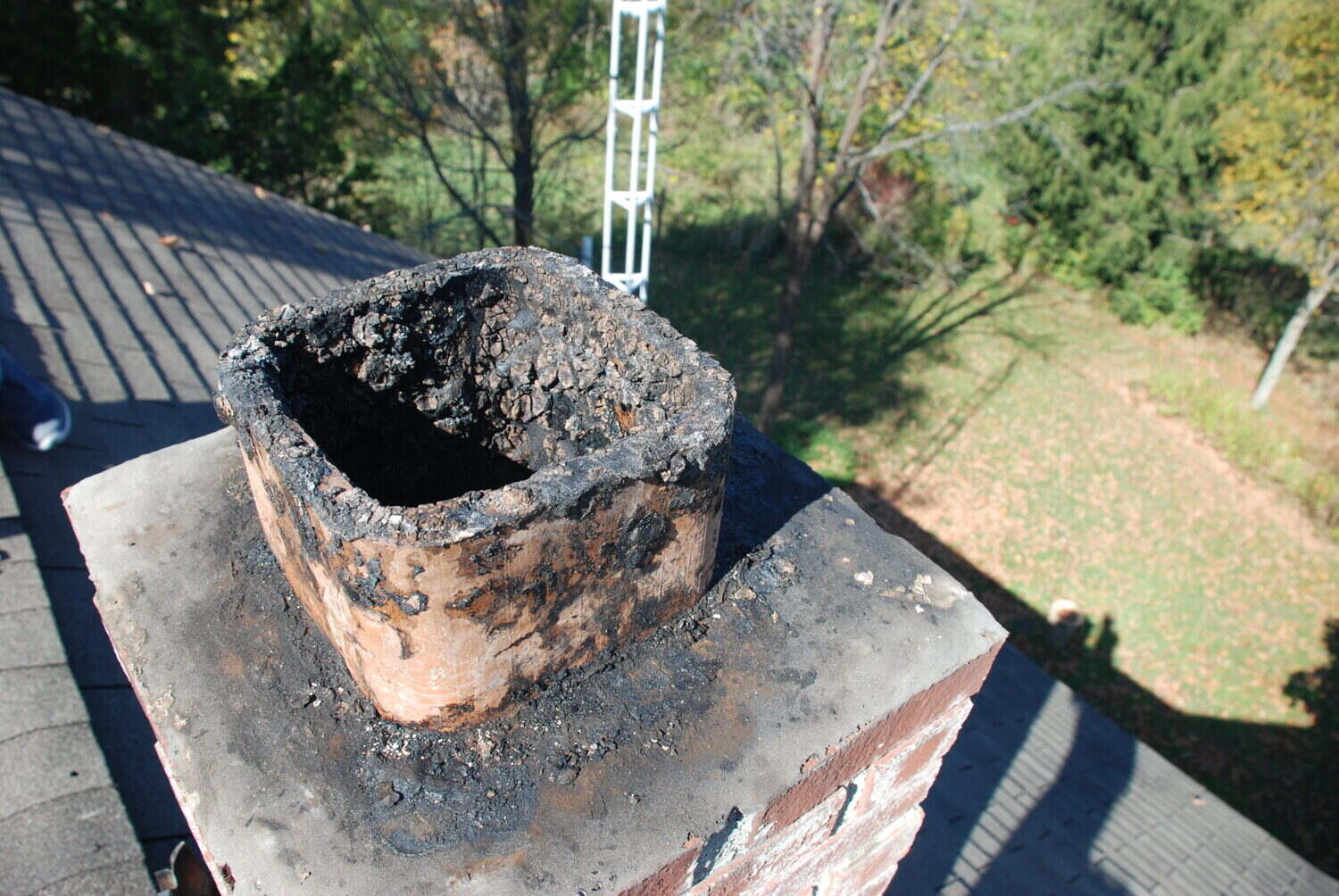
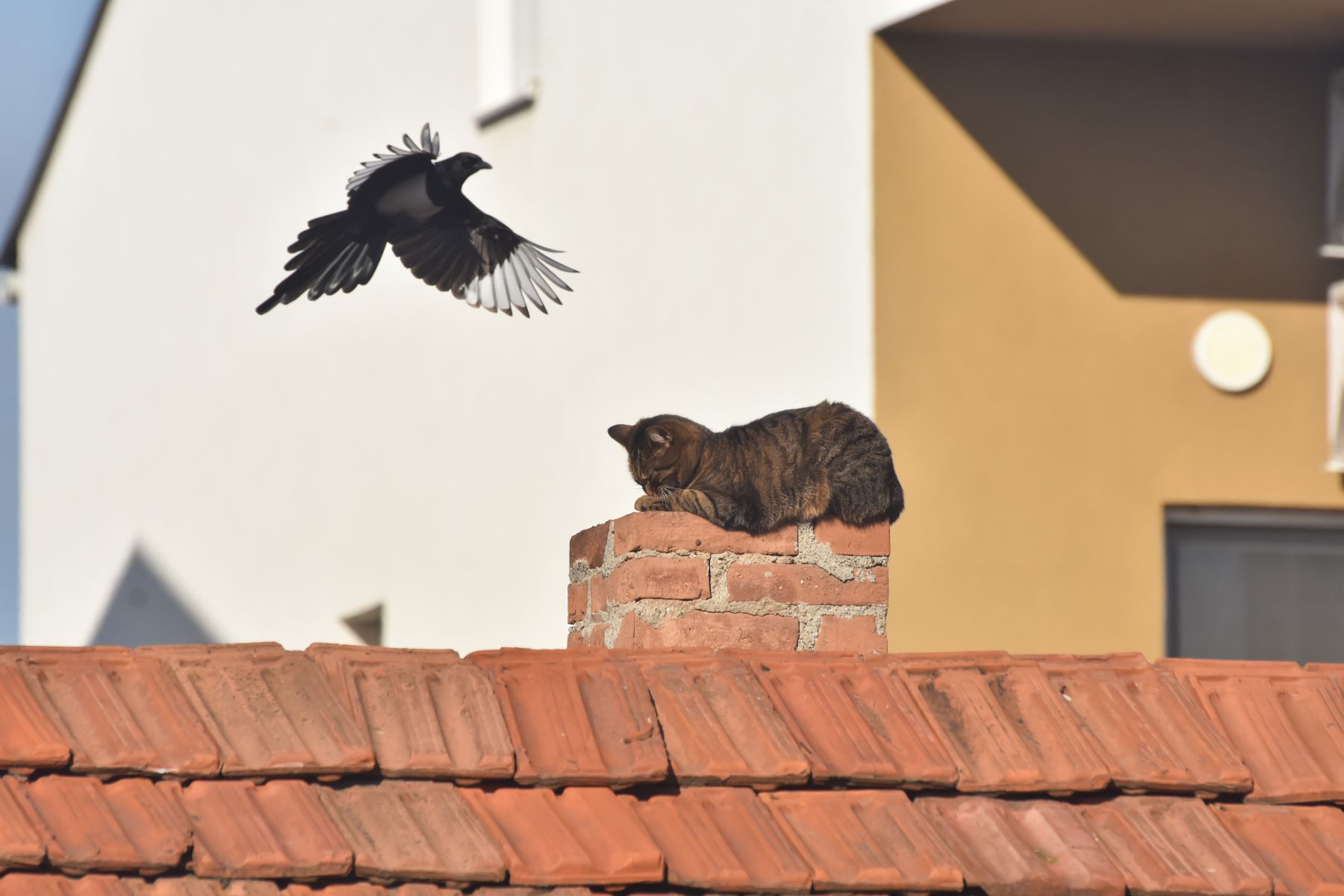
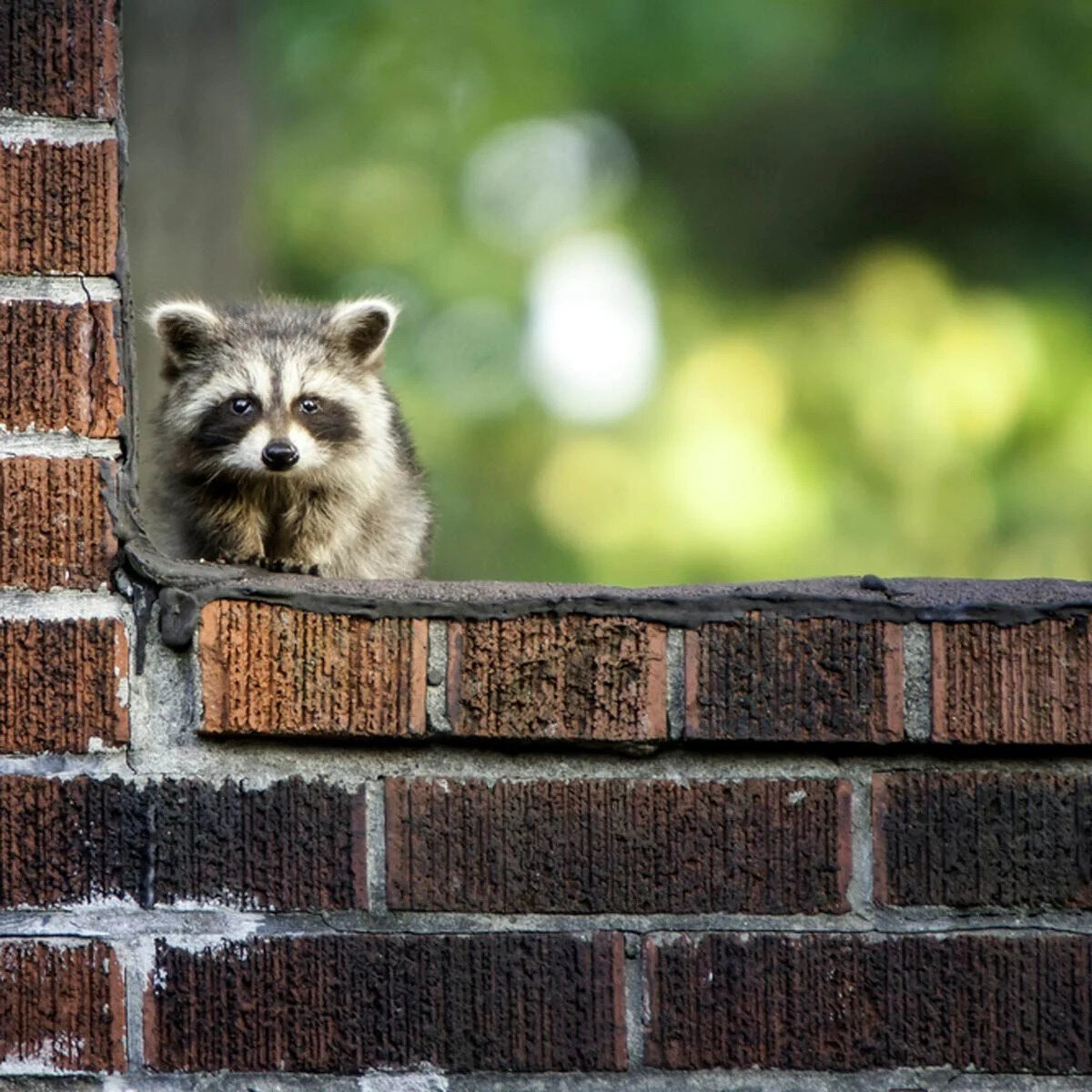
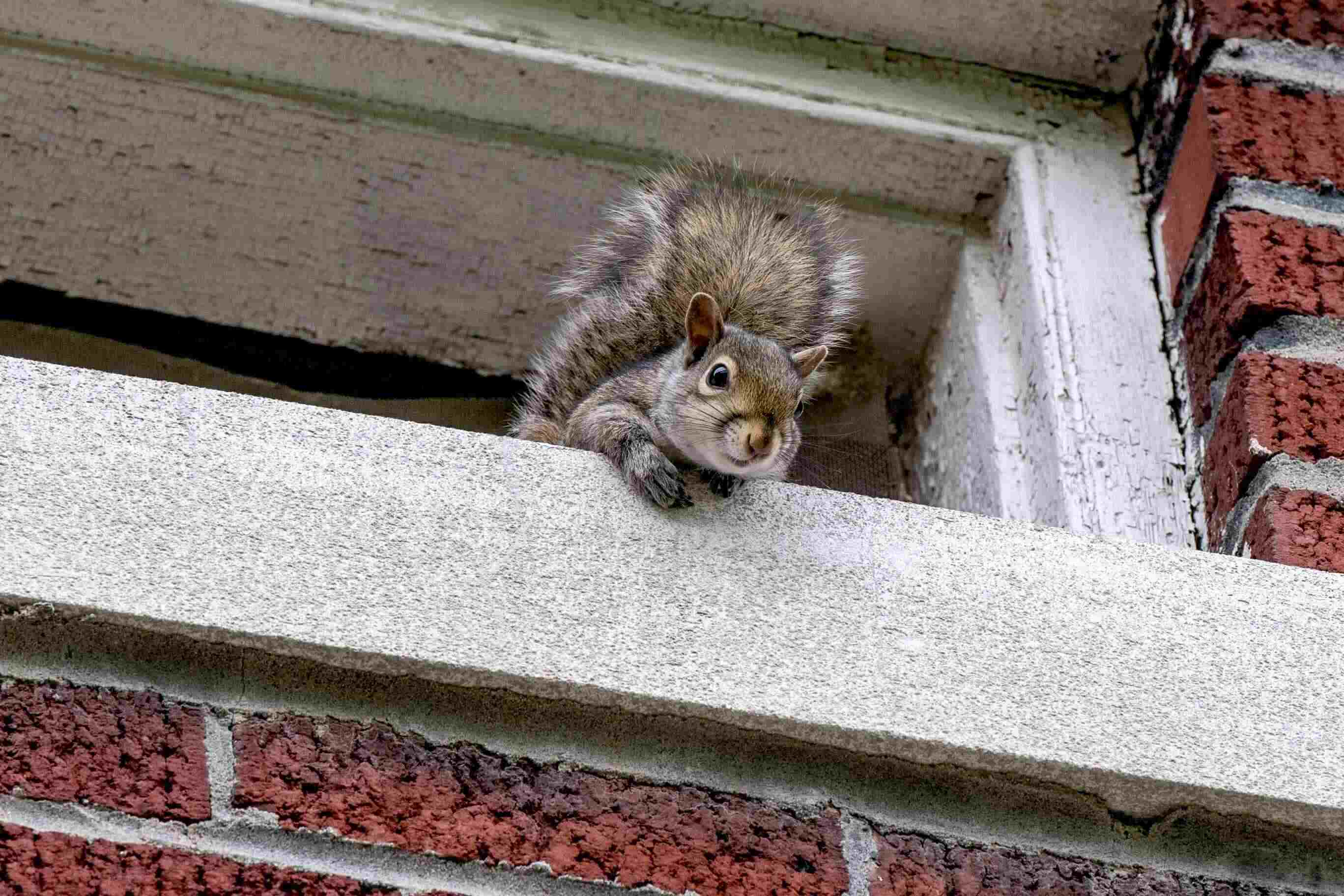
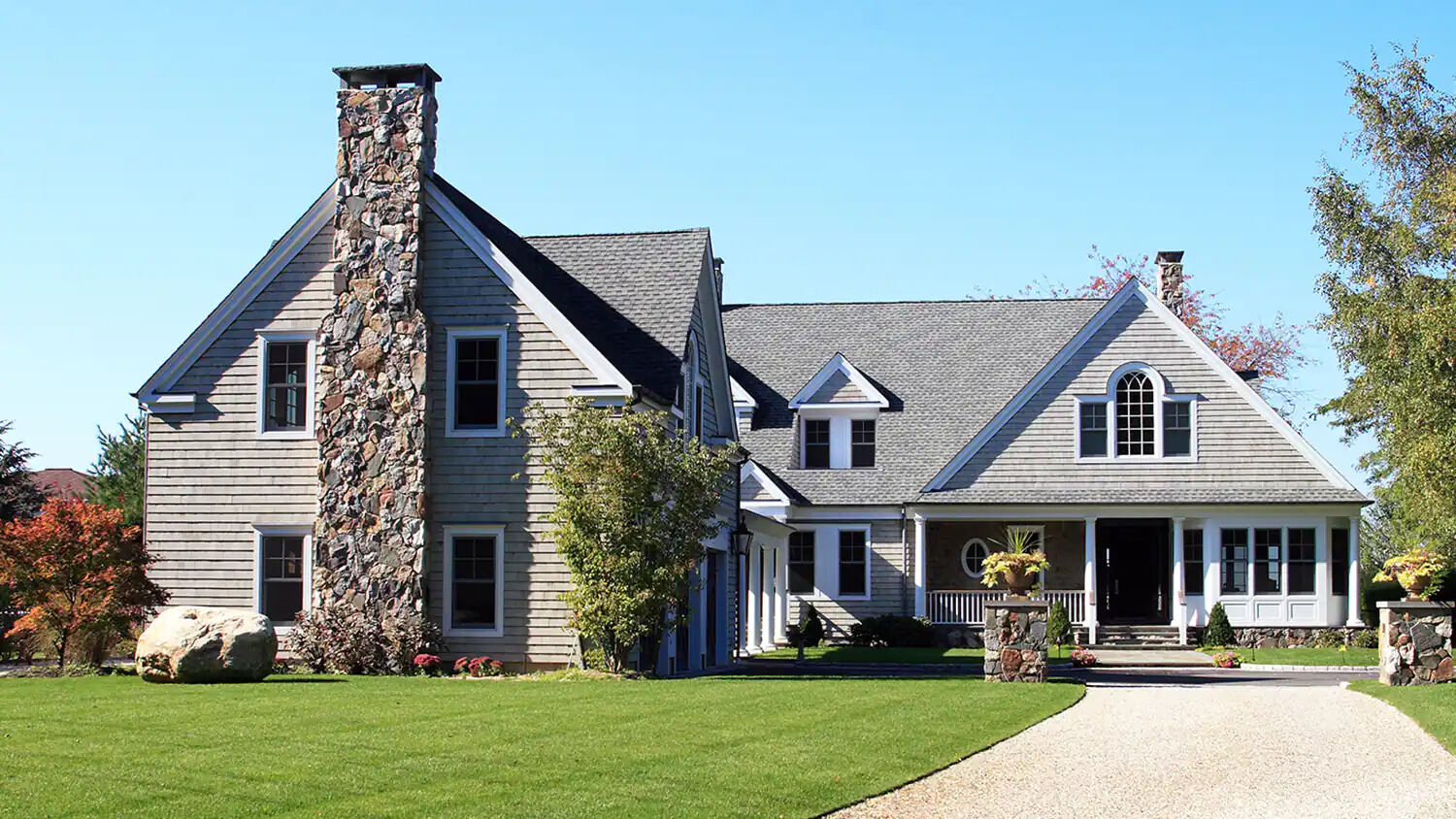
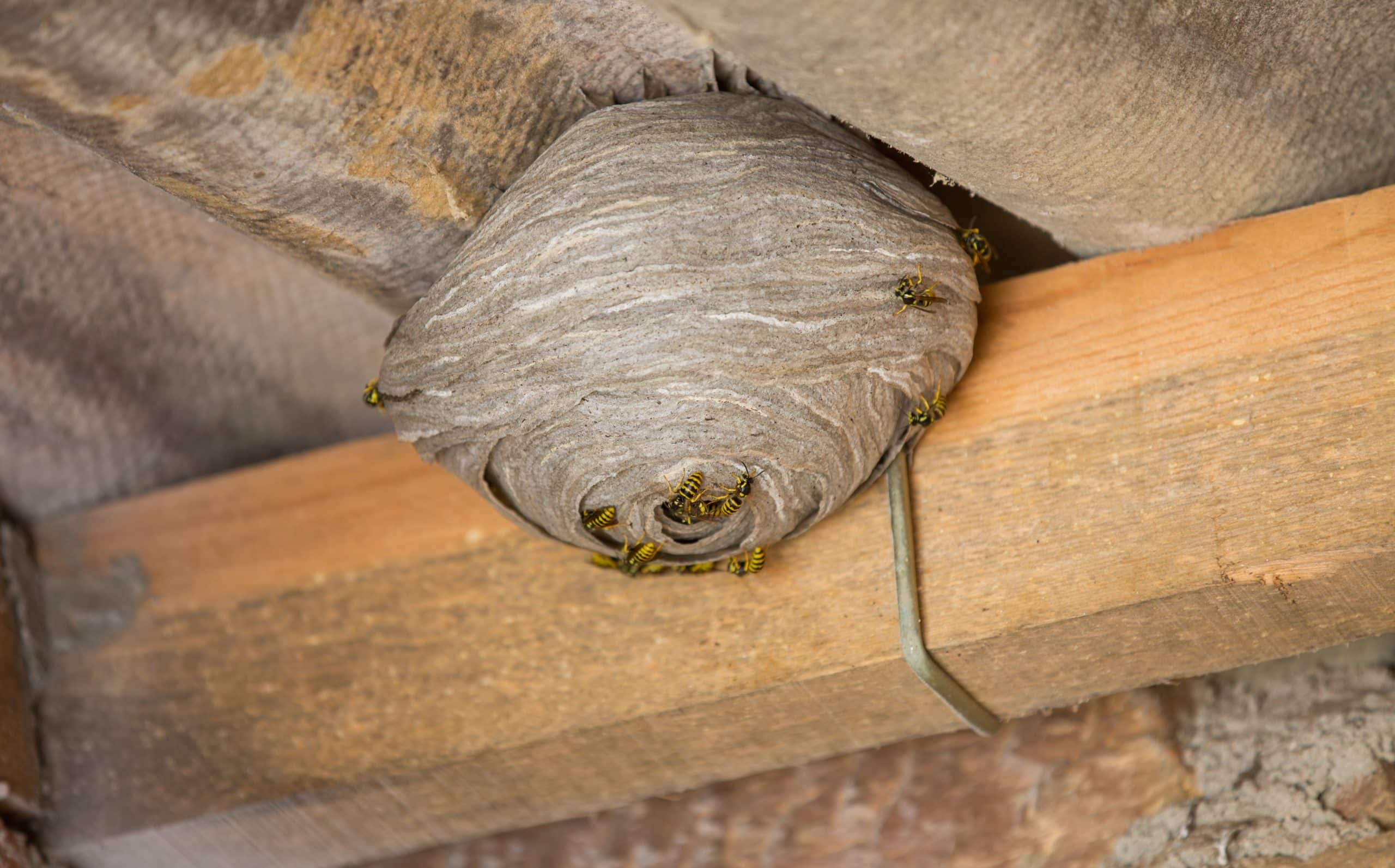
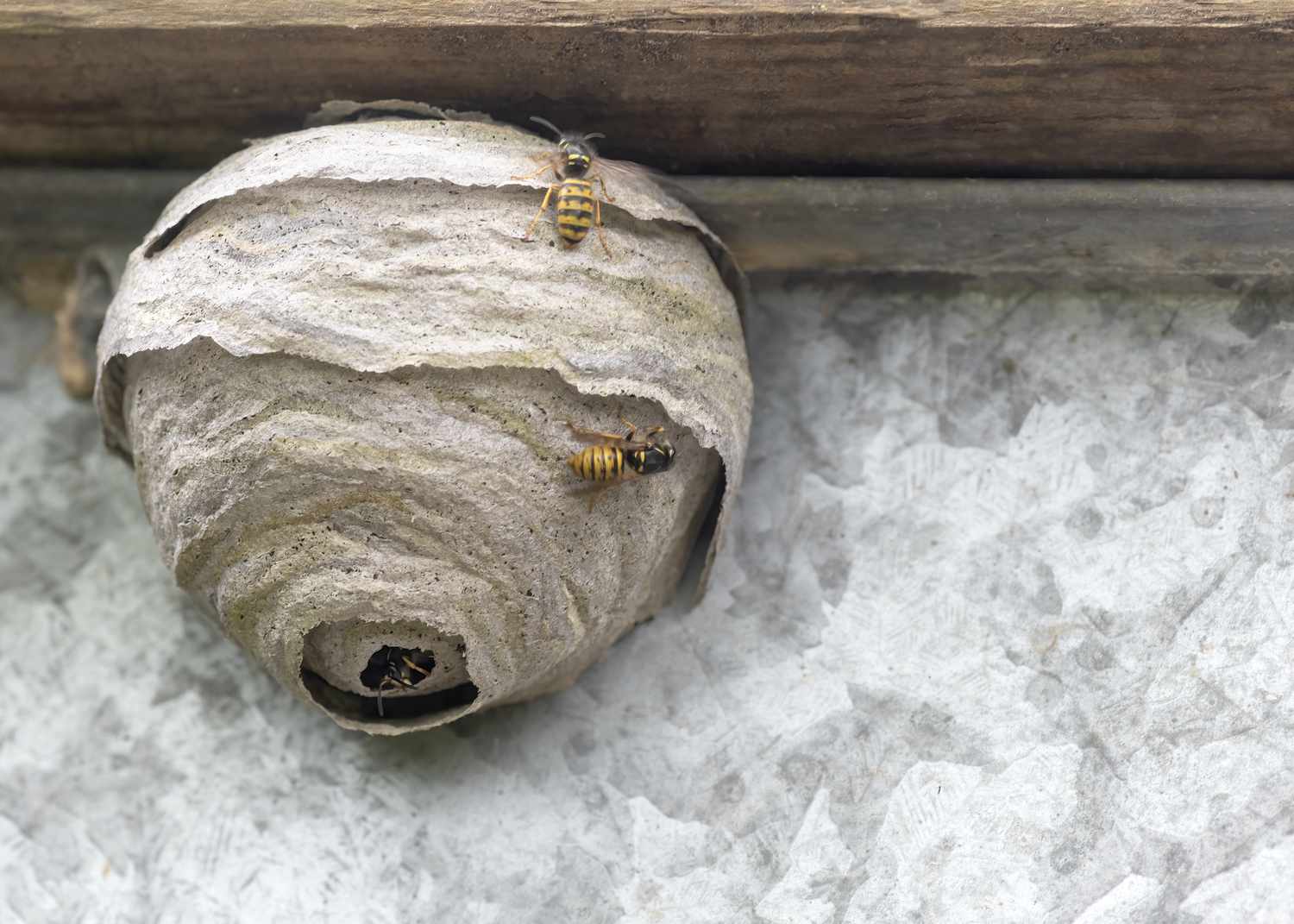
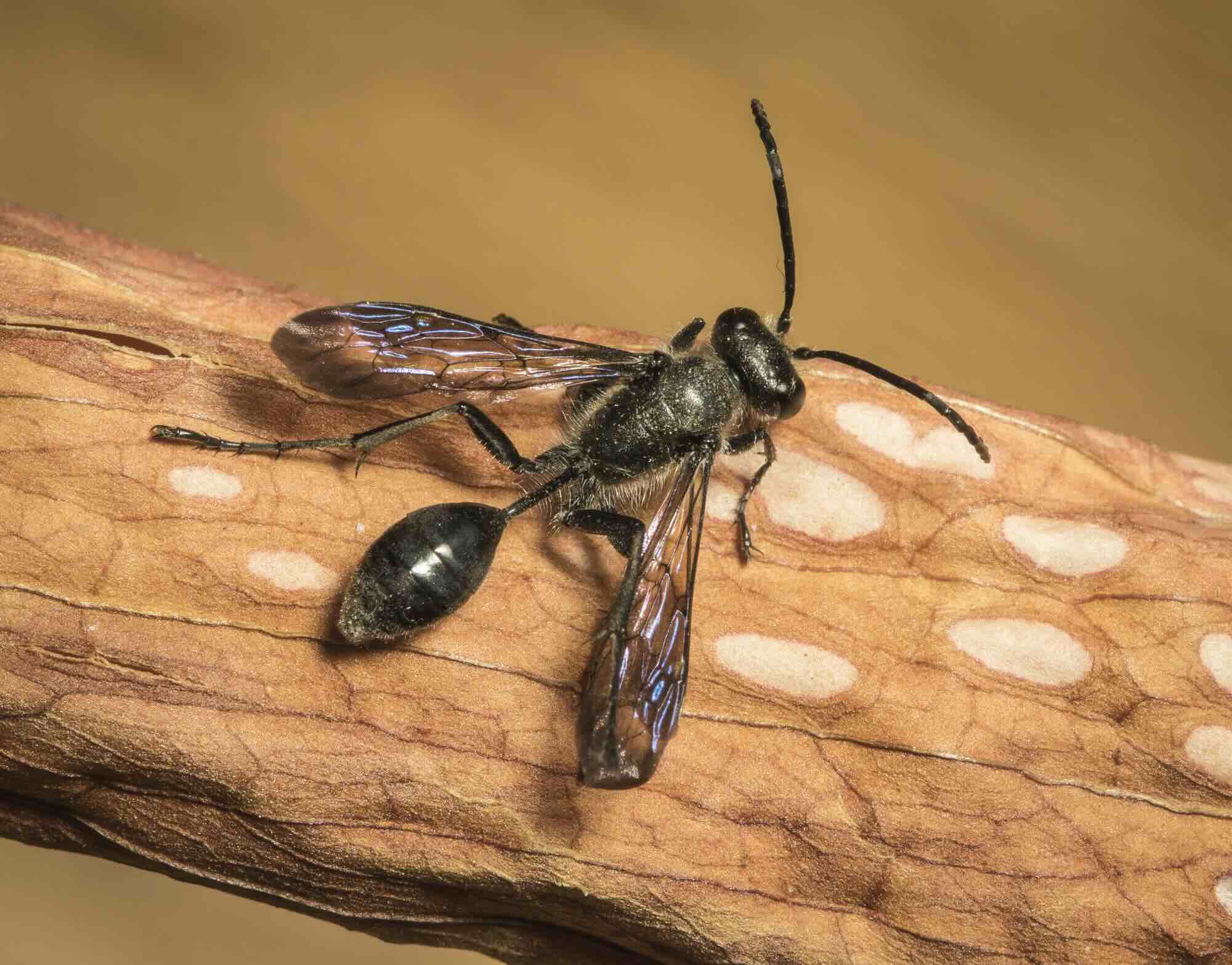
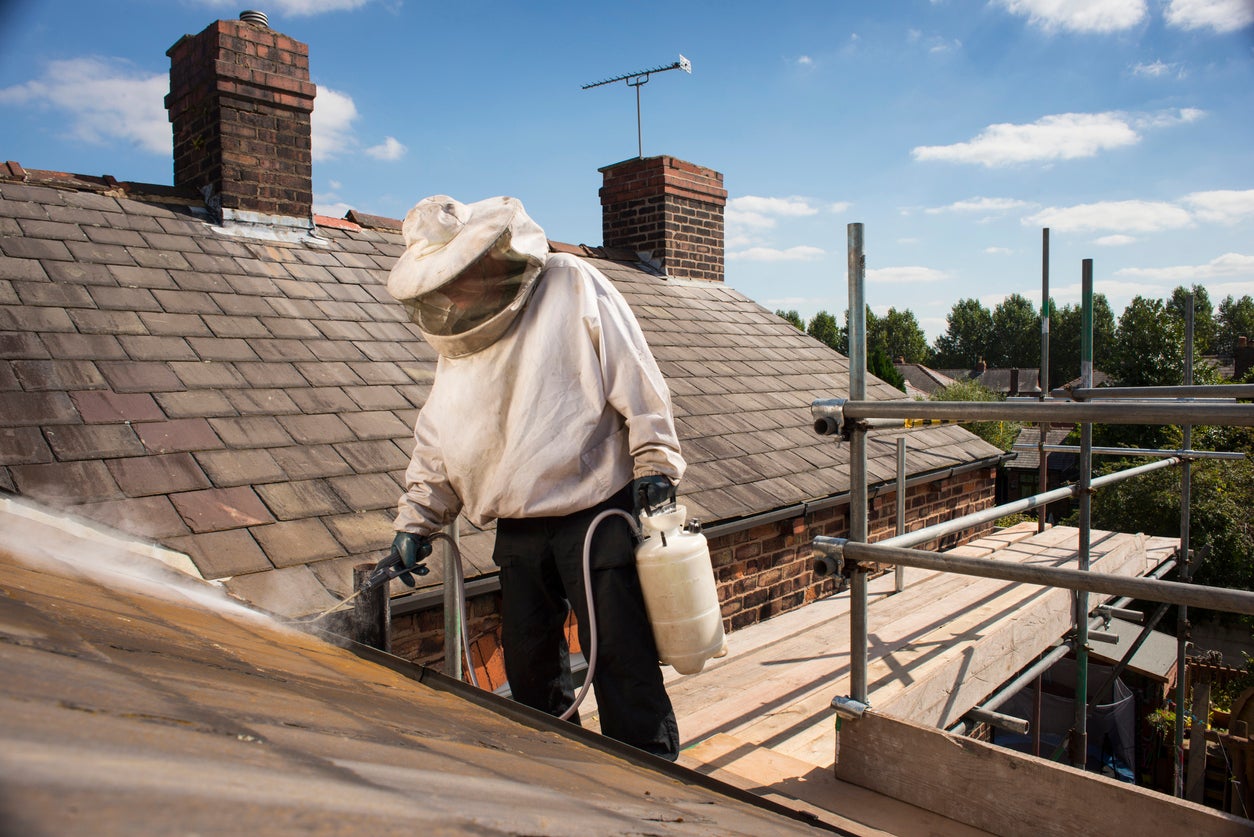
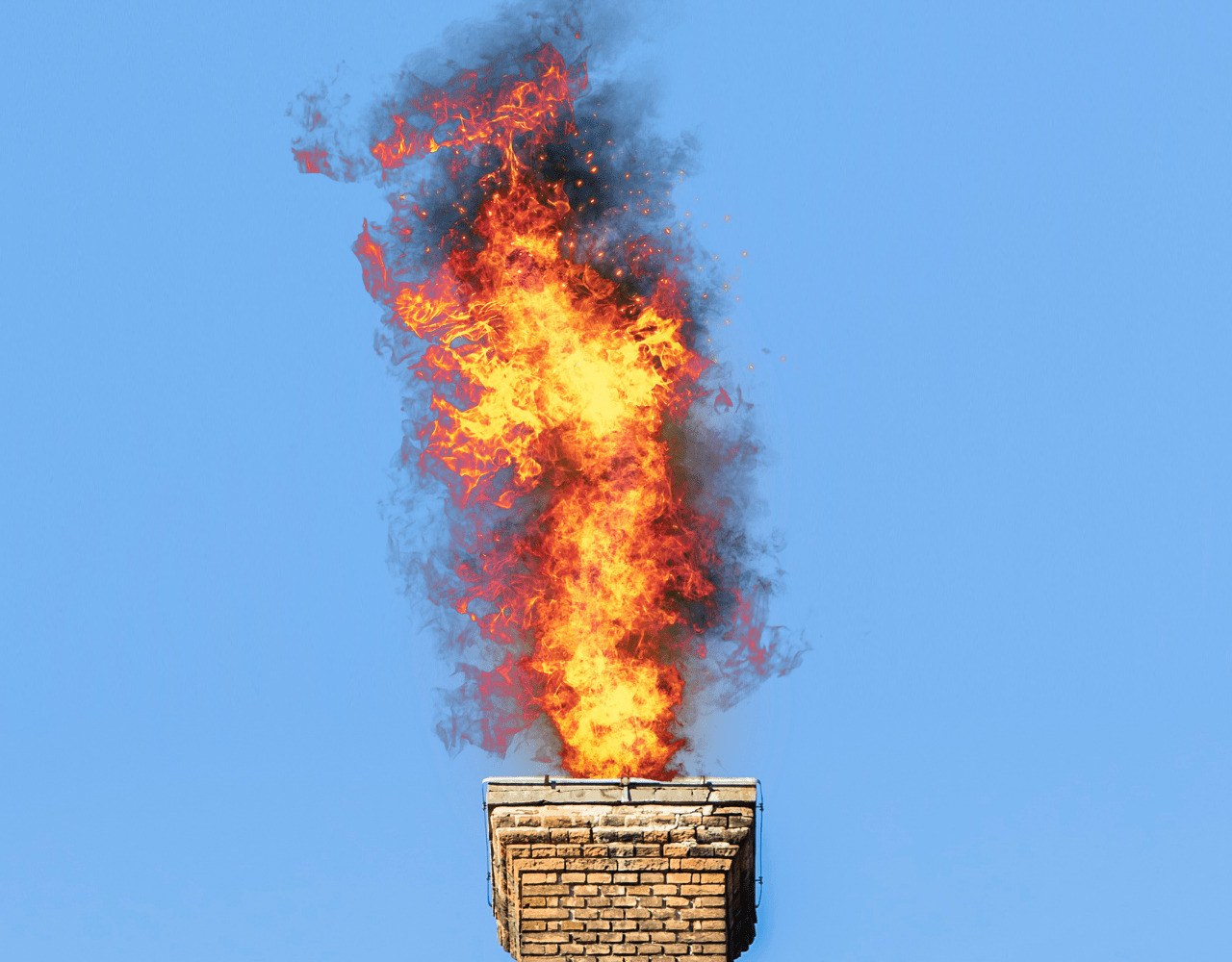
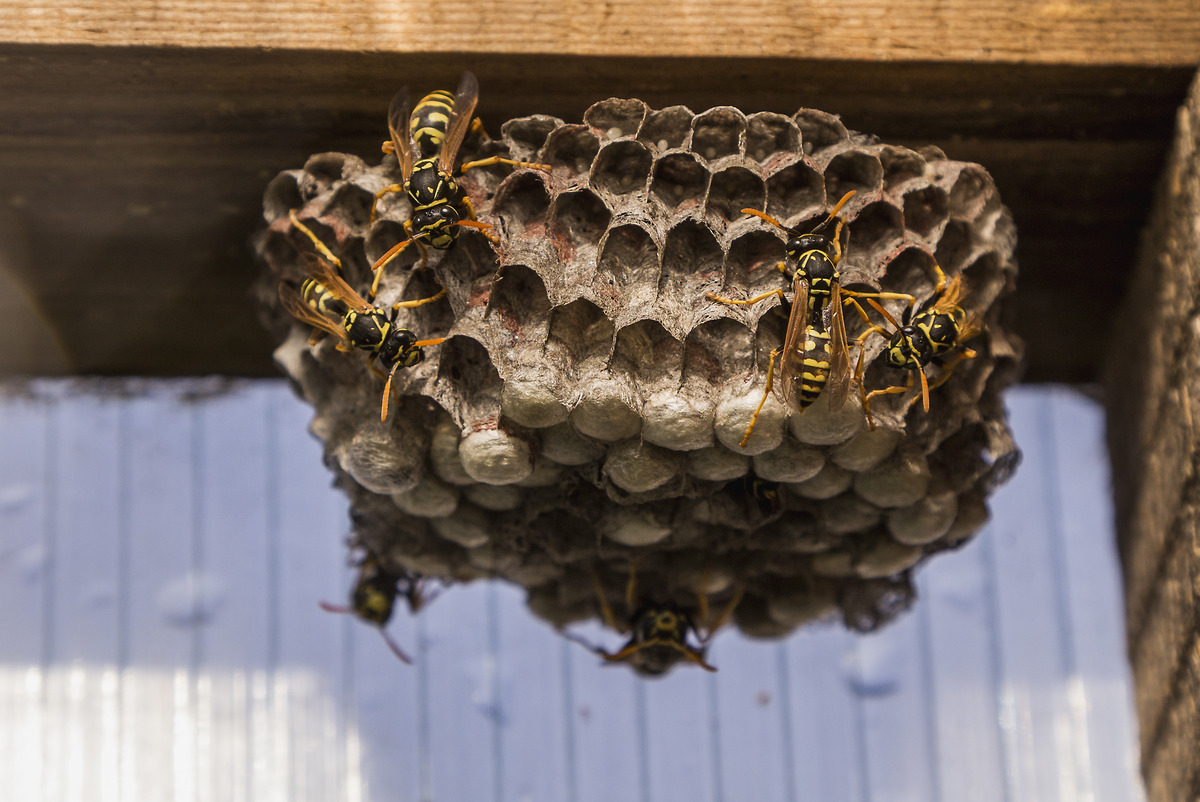
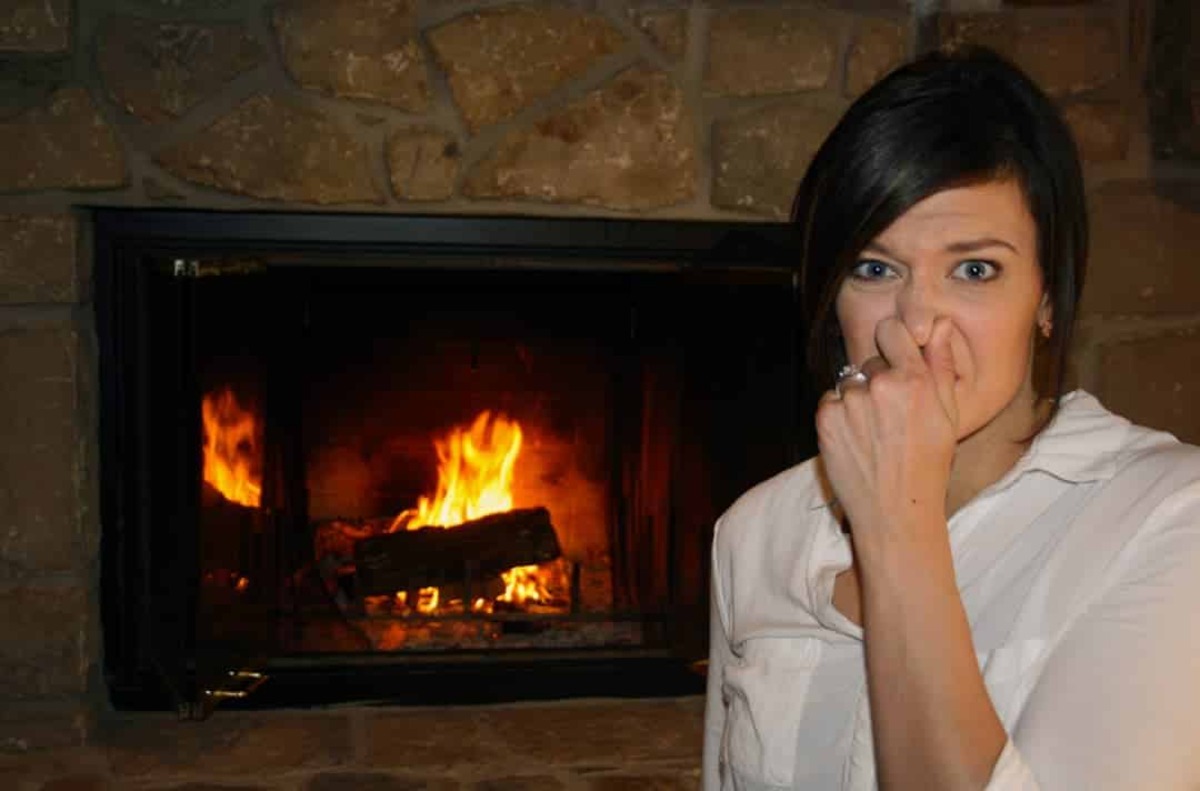
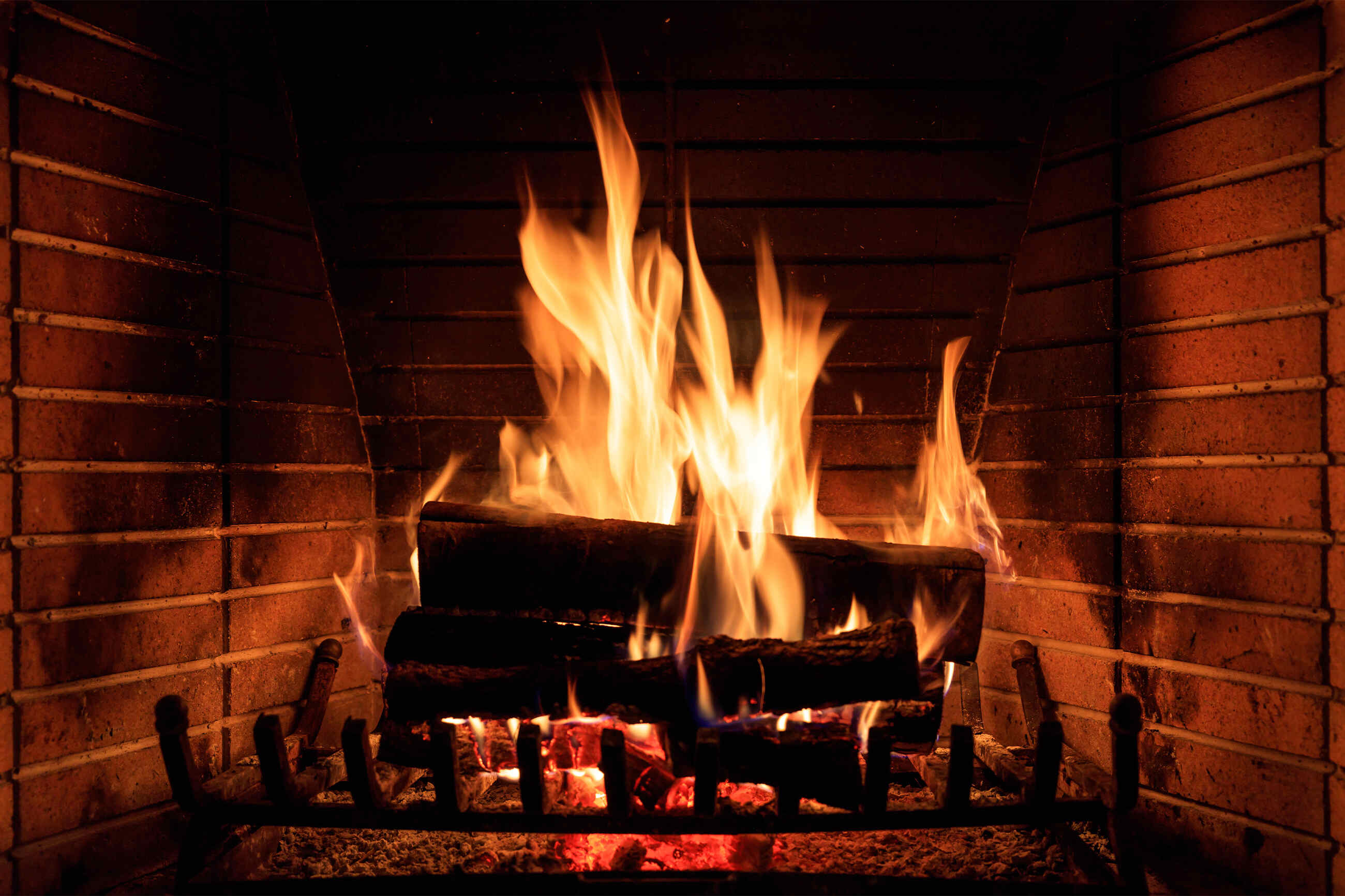
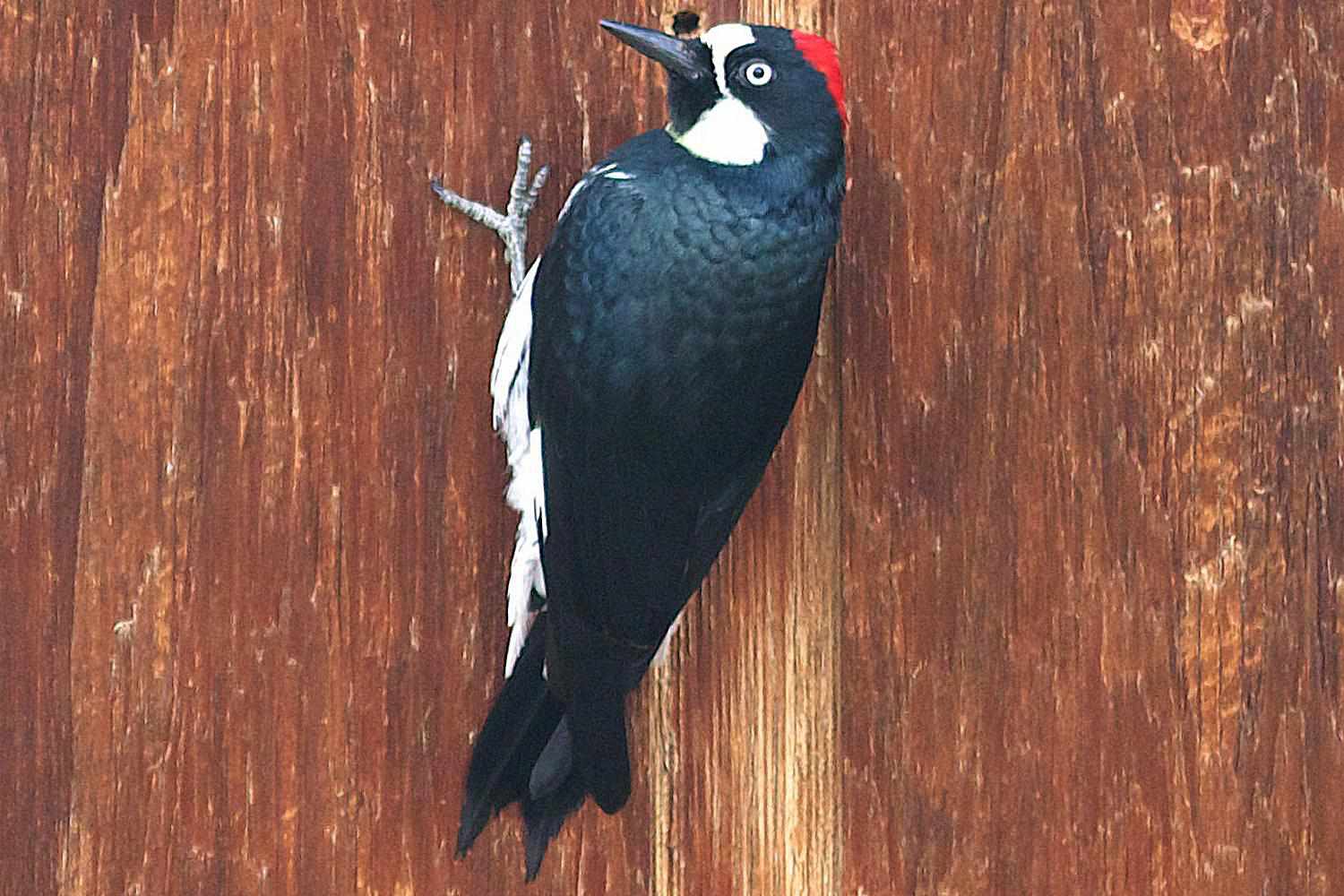

0 thoughts on “How To Get Wasps Out Of Chimney”